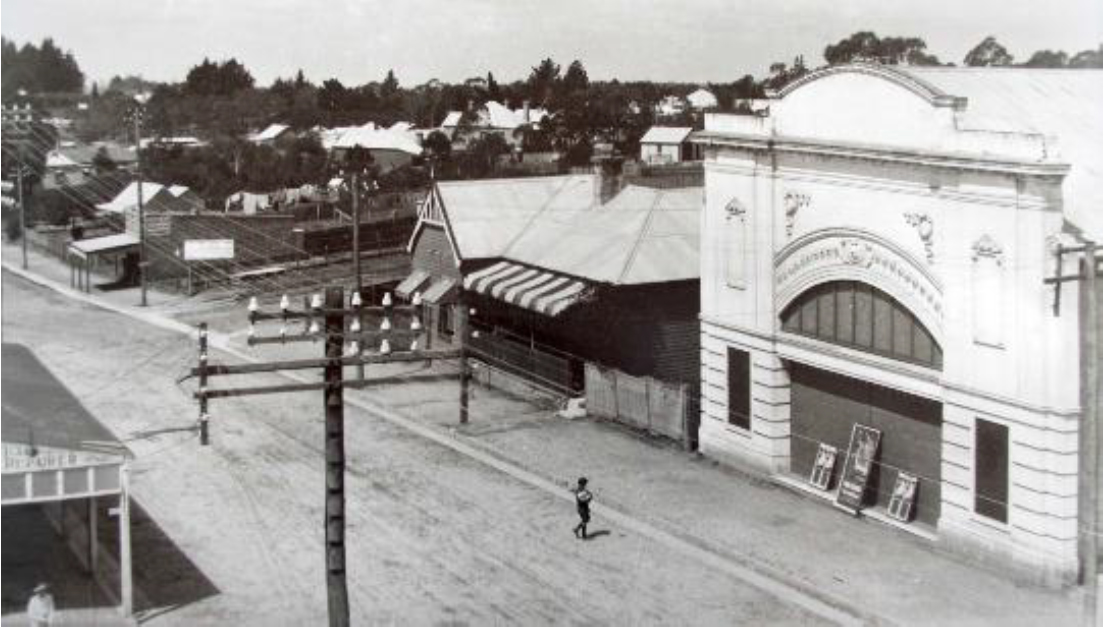
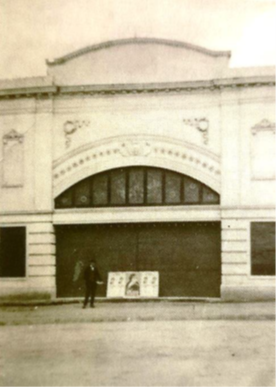
Herbert Robert Neate, brother to John and Claude Neate – proprietors of Neate’s stores – was himself a real estate agent in 1914 when he acquired the land on which the Arcadia Picture Palace would be built.
Herbert soon enlisted the services of Sydney architects Hassall and Stockham to draft plans for a picture theatre on the site, and before long, Neate was preparing for opening night in mid 1915 after swift construction.
In its early days, The Arcadia was as much a theatre for film and performance as it was a community hall – seating 800-1000, it hosted meetings, rallies, farewells, celebrations, and even rollerskating. Given the fact many Blackheathens were fighting in the First World War, Anzac services were also very common.
1919 also saw the theatre’s first major event – a celebration on the evening of National Peace Day, 19th July 1919.
Going to the theatre for a flick became the hottest ticket in town. Even in wintertime, when, due to financial restraints, heating equated to a strategically placed fire drum. Warmer weather brought more screenings and events, including popular boxing bouts, in which hometown favourites were pit against foes from rival towns.
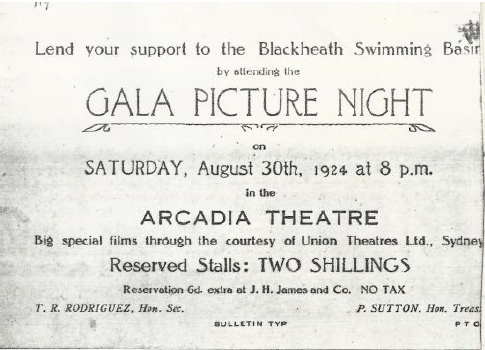
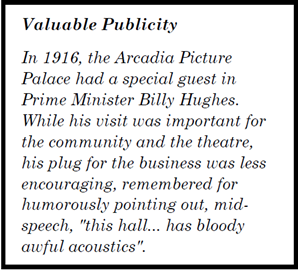
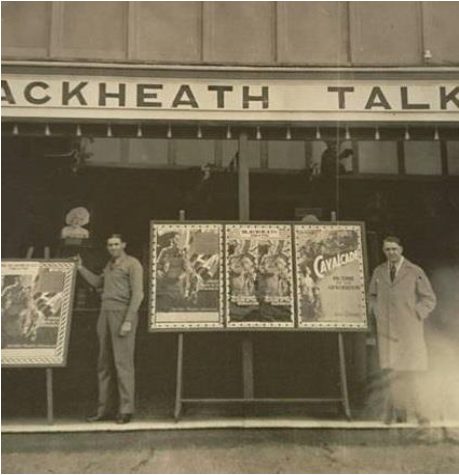
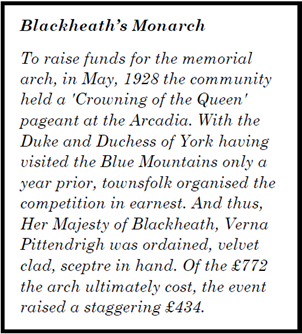
In 1924, Neate had sold the theatre to the local butcher, Reginald Delaney. Success followed right through to 1932, when the name was changed to ‘Blackheath Talkies’. With the introduction of sound in cinema, the popular Saturday night screenings were frenetic – the local police officer was required to be present to decongest traffic on Govetts Leap Road.
From the mid-30s onwards, possession of the deeds changed hands multiple times, with each new lease or deed holder inheriting a plethora of fire safety and maintenance issues.
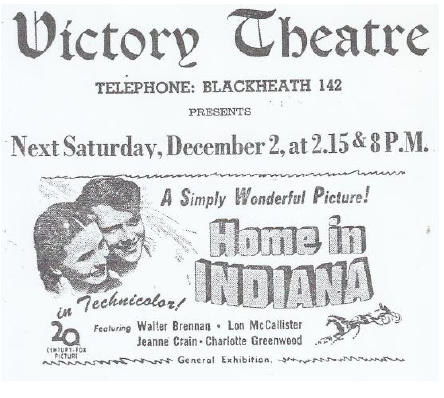
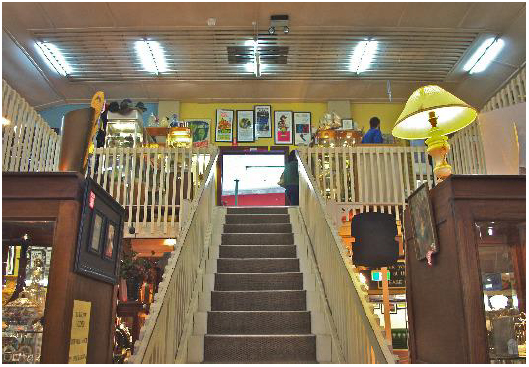
In 1977, the building was reconnected with Blackheath’s turn of the century pioneers, when it was bought by Henry Thomas and Lois Collier. The building had fallen into disrepair and stood virtually empty for some time. In the early 80s, it was briefly used to store furniture, and in 1984, the lease changed hands to David Gerrard, who restored and reopened the building as a retailer of second-hand goods and furniture with a cafe at the rear.
In 1996, the lease was taken over by Ted Greenwood, and at this time the café closed up shop at the rear, and was moved into the old theatre foyer, where it exists today. Ted reorganised the retail component, transforming the shop into something resembling what we see today. It was then that the theatre had the last in a long line of name changes – The Victory Theatre Antique Centre.
In 2000, local restaurateur Terry Tan took charge and revamped the Victory Theatre Cafe, turning it into a bustling, high quality eatery.
A former stockbroker in Malaysia, Terry got into hospitality in the 1980s in Australia, and eventually ran his own restaurant in Bronte, in Sydney’s east. In the early 90s he relocated to the Blue Mountains, running Satay Sultan and Cafe 40 in Katoomba for a number of years before taking the reins at the theatre.
Since the mid-90s, the number of traders inside the antique centre has increased from 1, to over 50, experiencing rapid growth and bringing life to the building that hasn’t been seen since the matinees and Blackheath Brass Band concerts of the 20s and 30s.
If the last 100 years is any indication, we will seldom have a dull moment in the next.
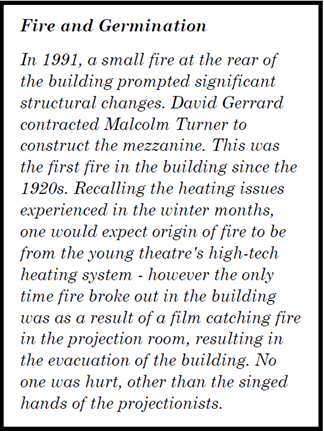
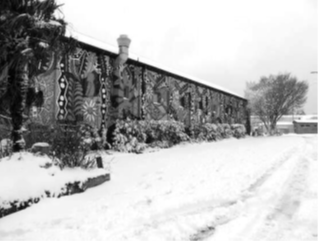
© 2025 Victory Theatre Antique Centre.
Web Design by Pixite